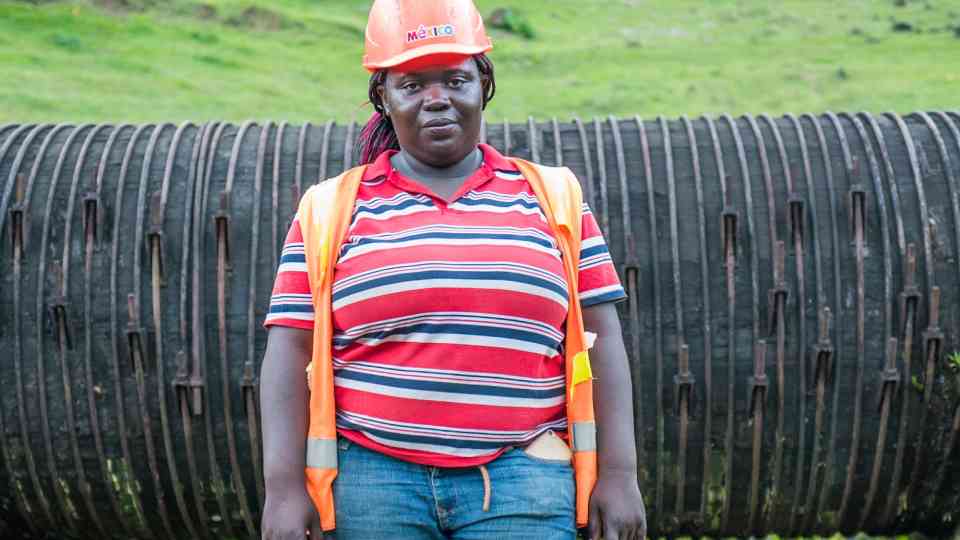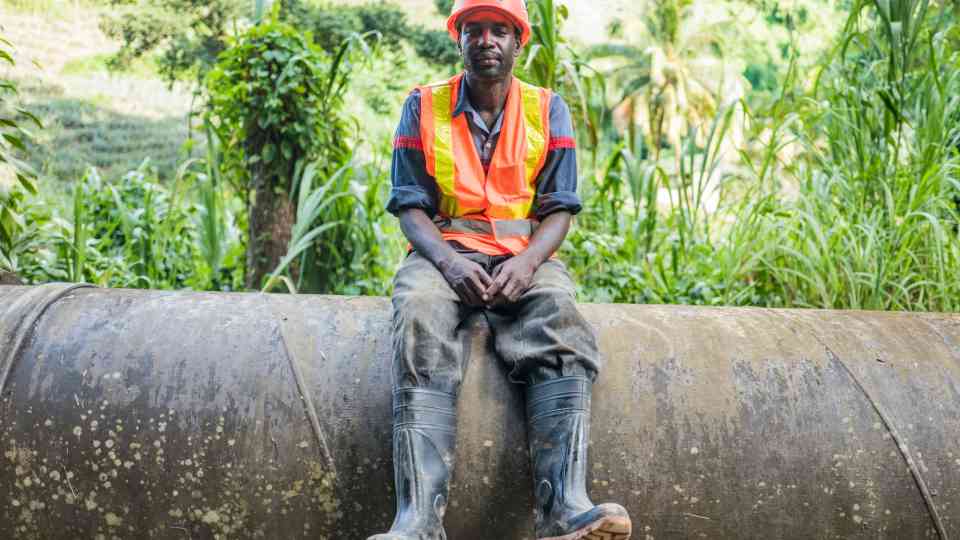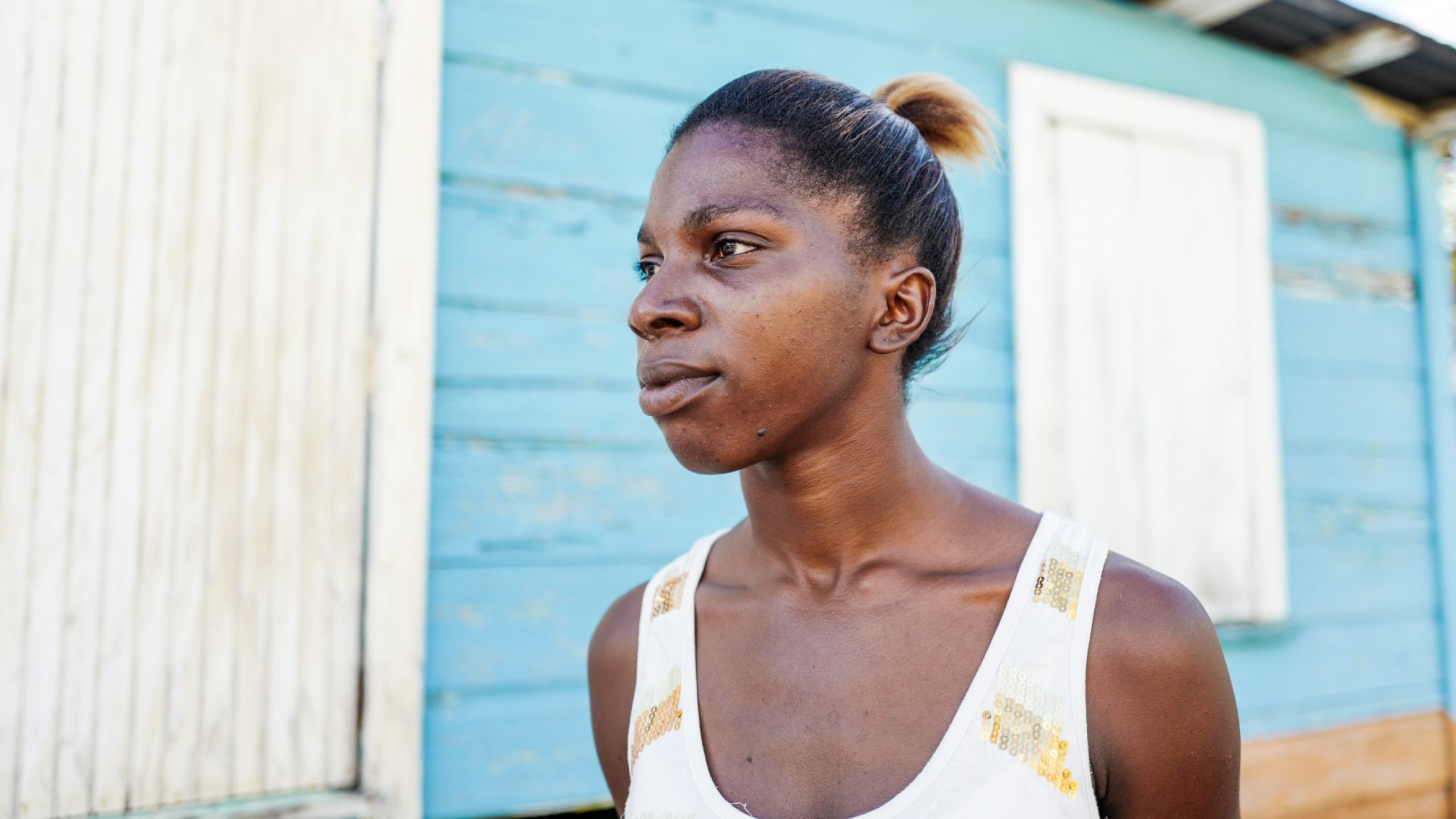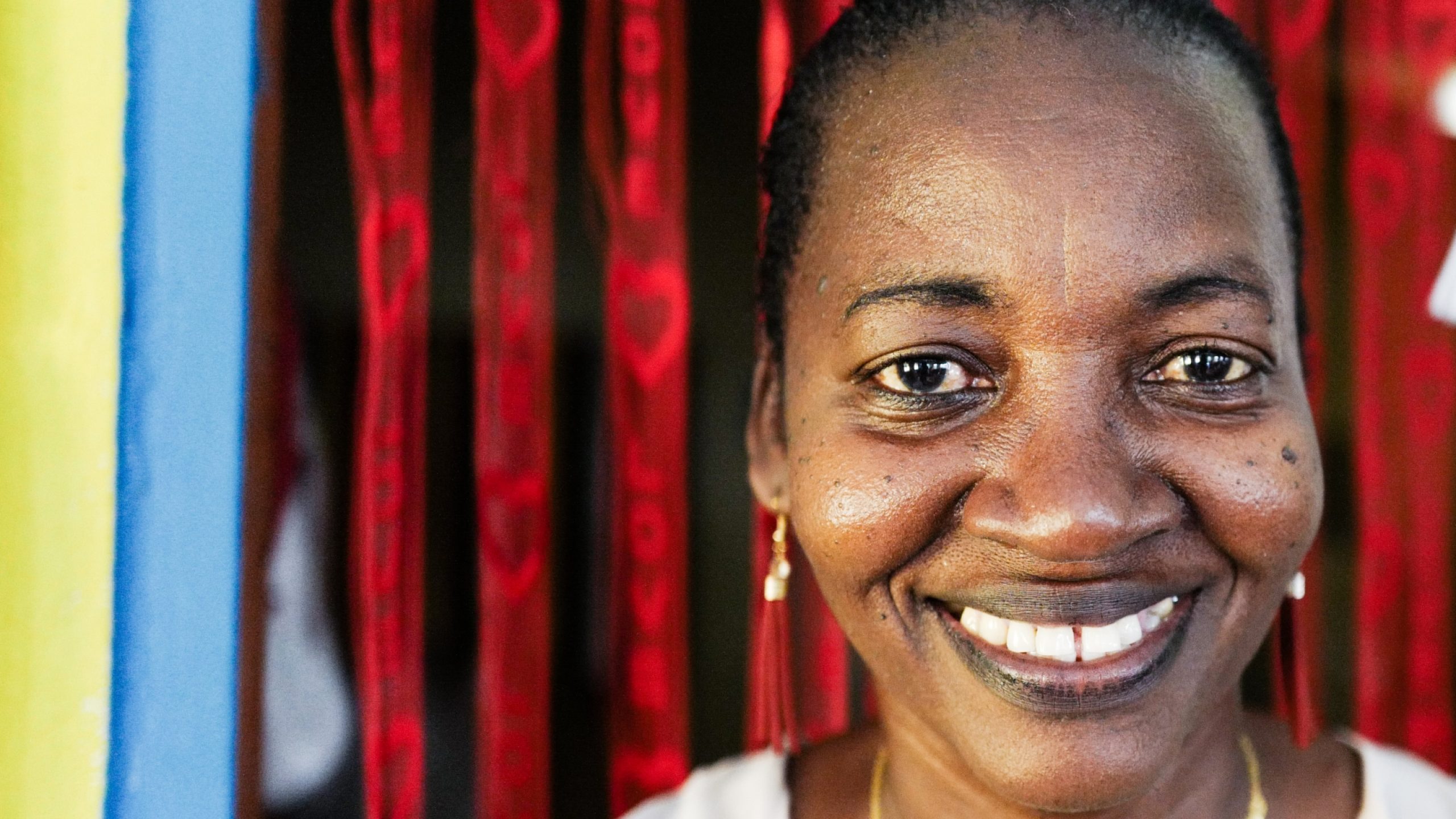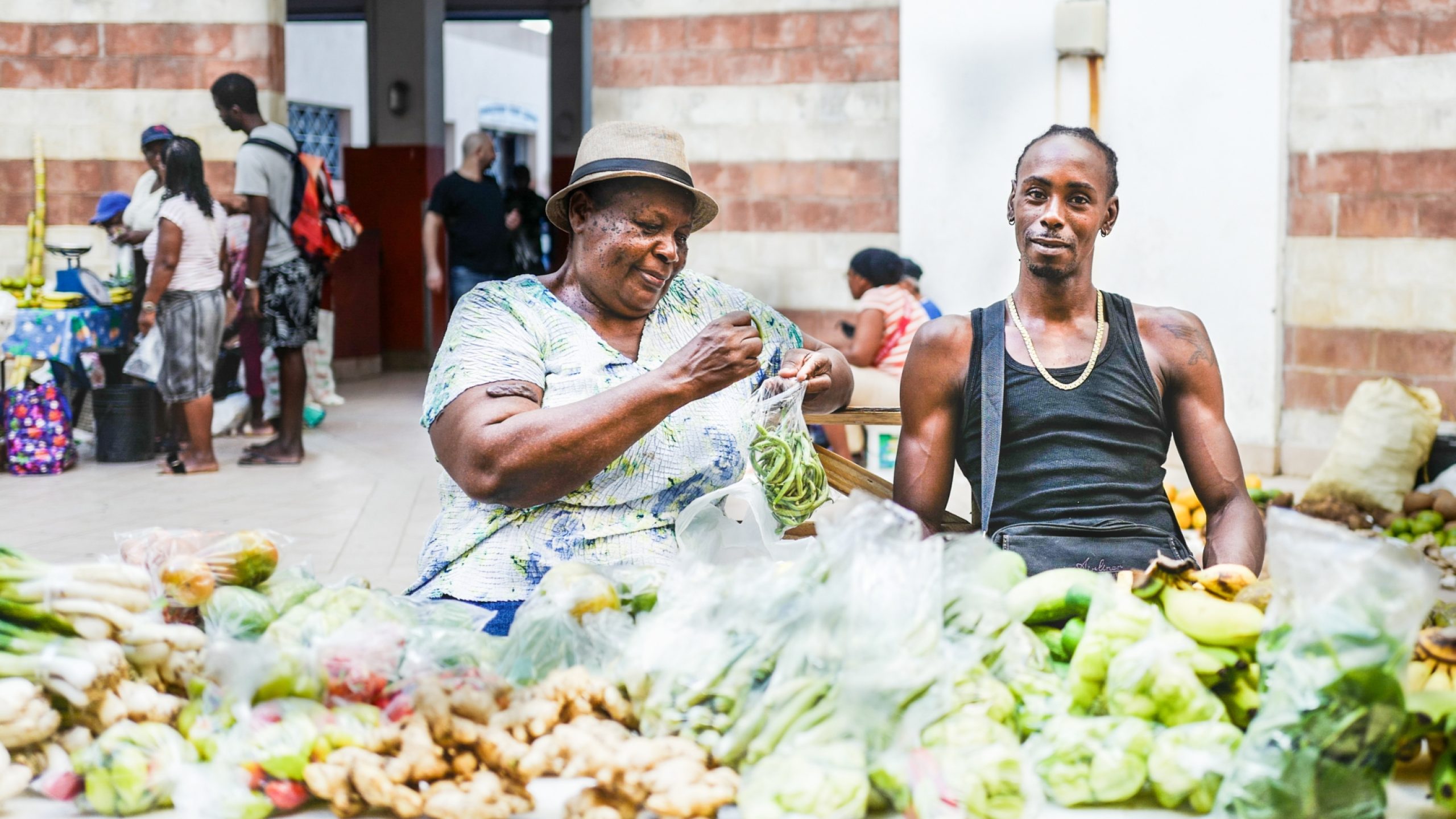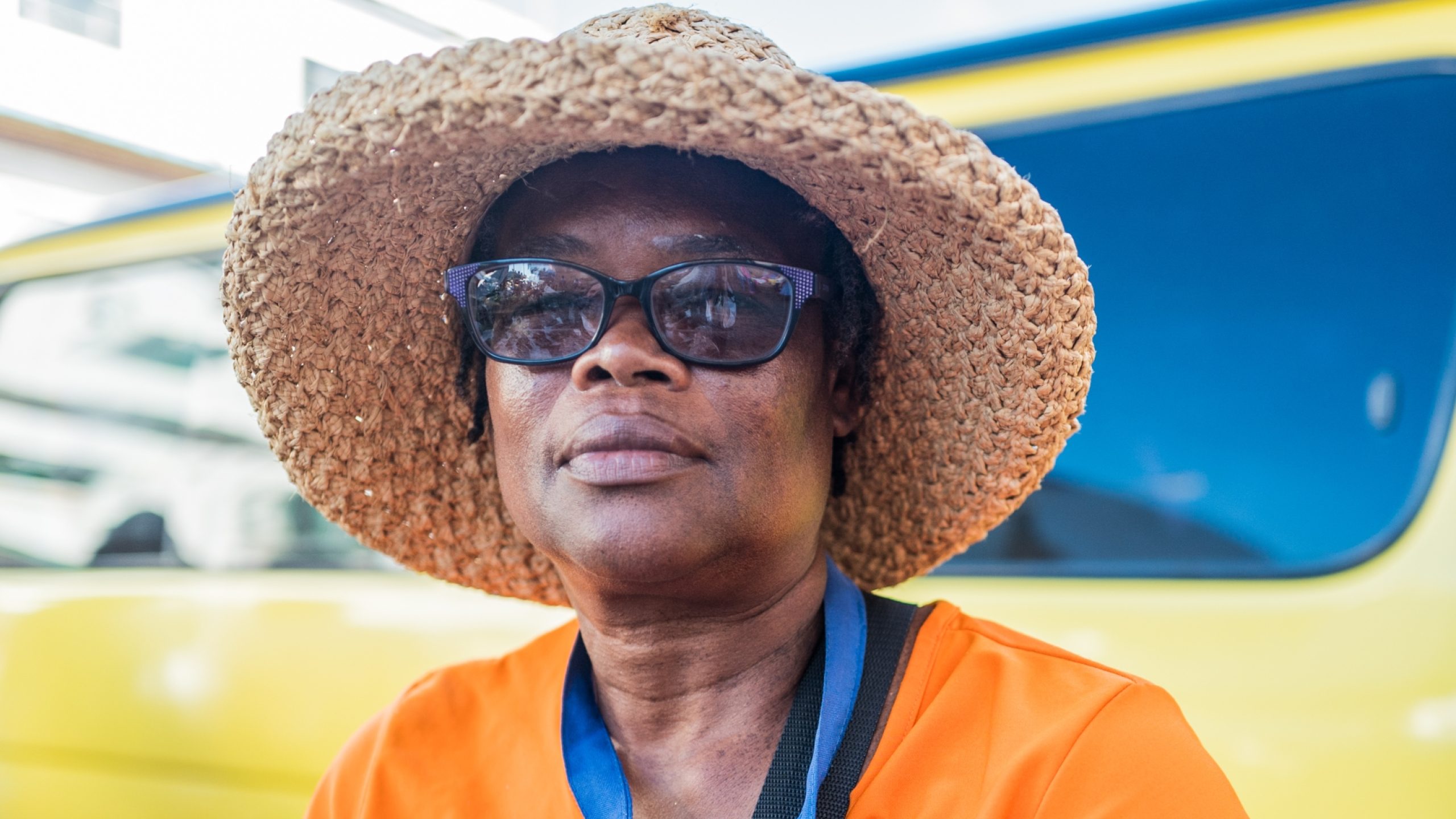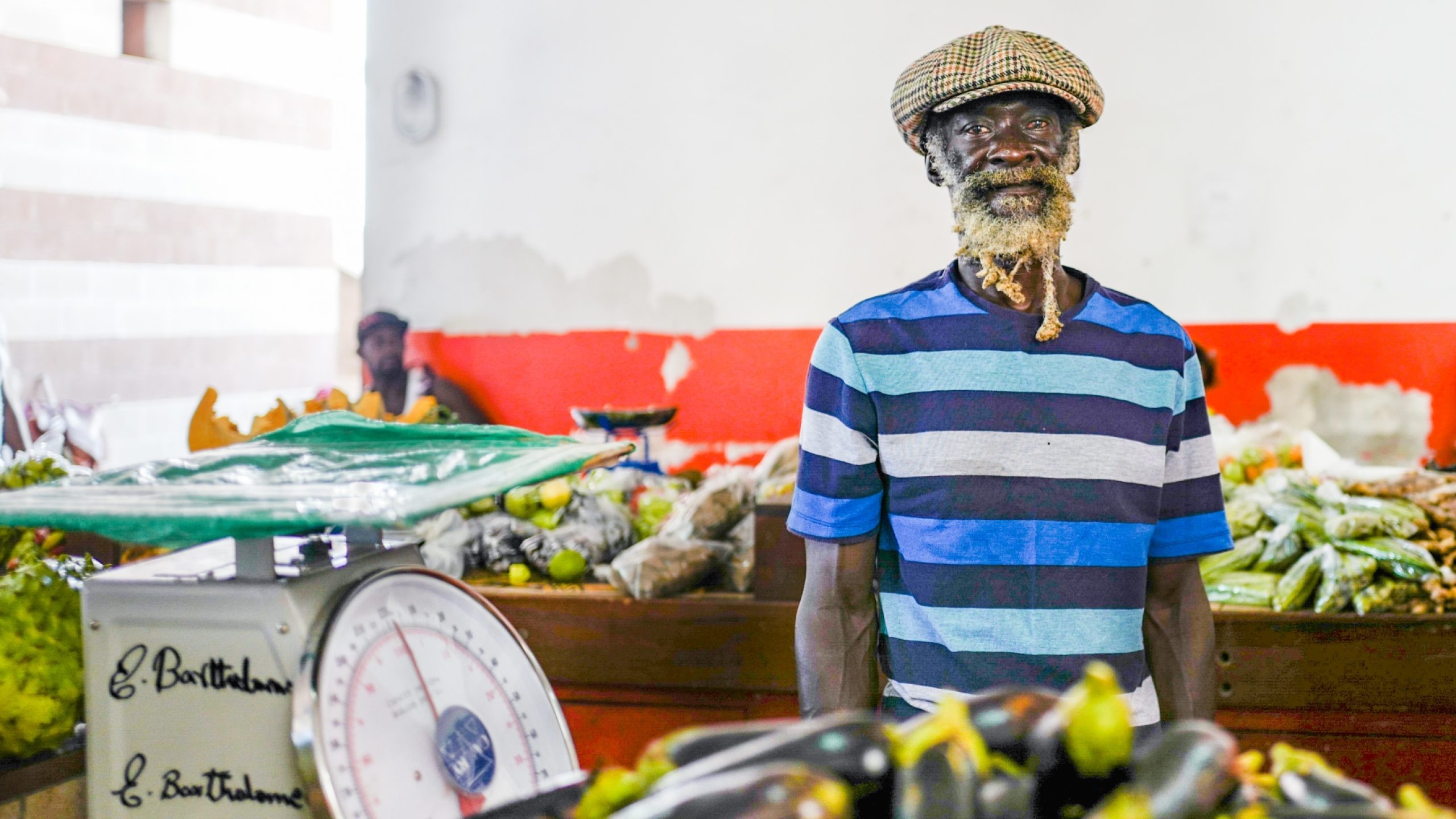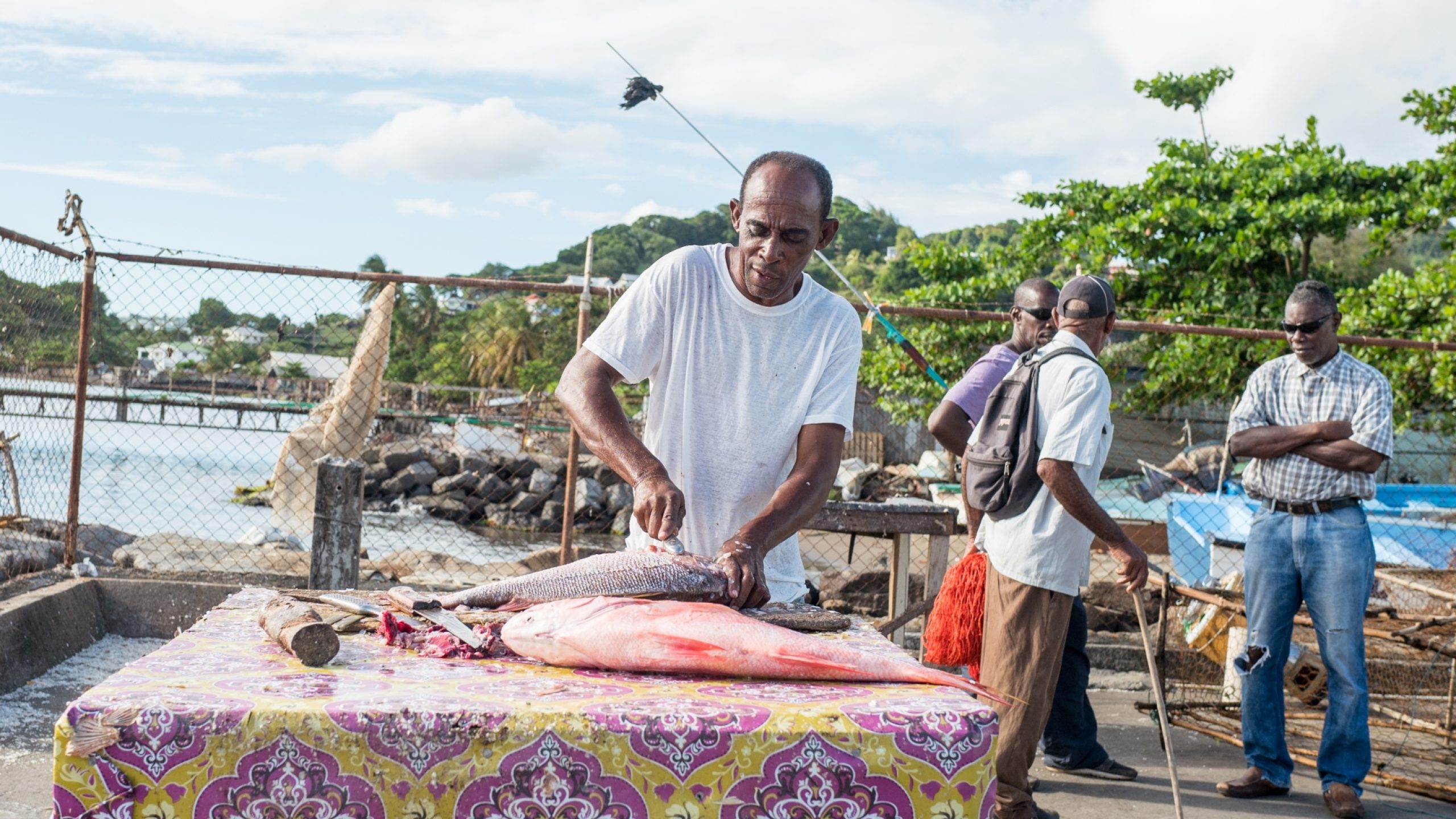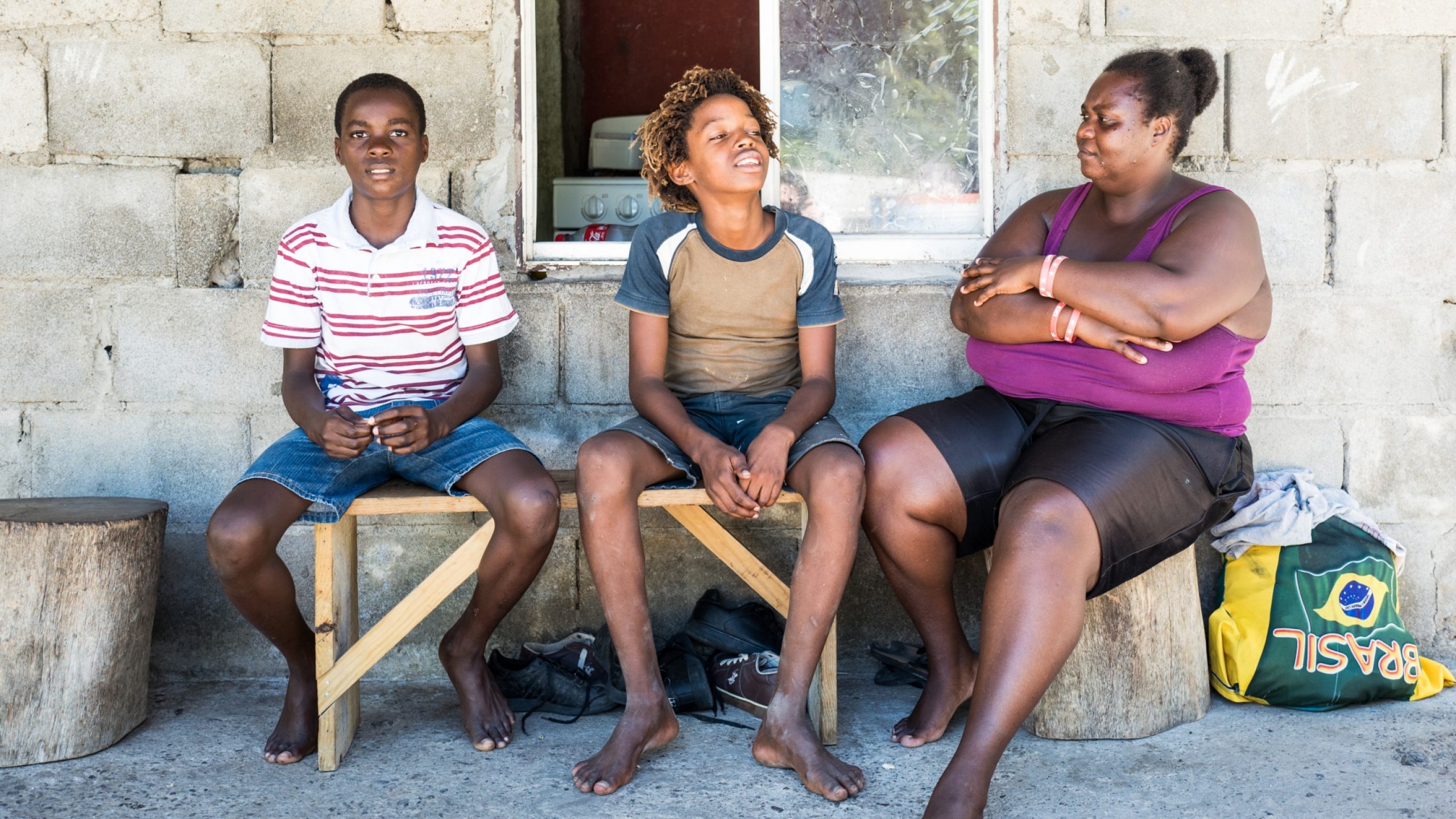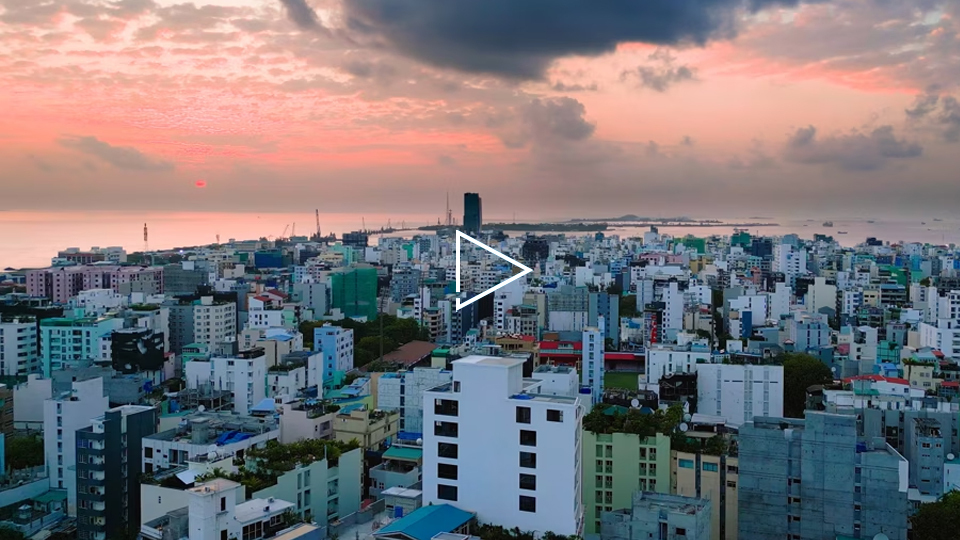The United Nations Office for Project Services (UNOPS)

At the water’s edge: Adapting to climate change through resilient infrastructure
Known for its beautiful sandy beaches and paradise islands, Saint Vincent and the Grenadines is a small island developing state located in the Caribbean Sea. Yet for the island’s 100,000-some residents, living on one of the most beautiful places on earth comes at a price.
Increasingly unpredictable weather patterns on the island, along with last year’s category 5 hurricanes have brought the issue of climate change very much to the forefront of the islanders’ minds.
Building infrastructure that can withstand more extreme and irregular weather patterns is vital to the island’s resilience to climate change and helping mitigate the impact it has on livelihoods.
The storm
The storm
On Christmas Eve 2013, a tropical storm resulted in heavy rainfall in Saint Vincent and the Grenadines, which led to intense flooding across the island.
The weather changed so quickly that evening that there was no time to issue a sufficient flood warning to alert the population. Over 300 mm of rain fell within three hours during the night, in a month that usually doesn’t see rain. The water rose so high that many residents living by the water had to evacuate their homes.




What was meant to be a time of celebration turned into a nightmare for many of the islanders. Cailan, a resident of Spring Village was watching TV with her family at home when the storm started.
“On Christmas Eve I was watching this Christmas cartoon. I heard the rain falling and the river was this huge monster growing in our yard. I was so frightened. We saw water rushing from behind our house.” Tweet this
“I remember my husband saying, ‘Run, run, run’.”
Sonia and her family, like many in the village were at home making preparations for the holiday the night of the storm. “The electricity had gone out because of the lightening so the place was dark. The only thing you could see were the lightning flashes. My husband went to the kitchen window and when he flashed the light, he cried out, ‘Sonia get out of the house now’.”
Across the island, nine people lost their lives in the storm that night, which caused over $100 million equivalent to 15 percent of the country’s gross domestic product. Many communities are still rebuilding more than four years on.

“Resilient infrastructure is vital for adapting to climate change.”
- Victor Fortanete, UNOPS Project Manager
Rebuilding bridges
Rebuilding bridges
Cumberland Bridge, a major bridge connecting many of the island’s northern communities to the capital in the south, was severely damaged by the storm. While people could still use the bridge many feared that one more major weather event could be enough to bring it down. Without the bridge, many would be cut off from important services in the capital, including the island’s only hospital. Crucially, the bridge is also the only way out of town for many communities in the north. In the event of an emergency, they would need to use this bridge for evacuation.
Not only is there a high threat from climate change, Saint Vincent is a volcanic island and the communities living in the area are very close to the volcano, which last erupted in 1979.




Ensuring communities in the north could continue to safely move in and out of their town to access services required a new bridge – one that could withstand the kinds of powerful storms that have hit the Caribbean in recent years. UNOPS recently finished the reconstruction of Cumberland Bridge. It has been designed to withstand a category 5 hurricane.
“Building infrastructure that can withstand natural disasters is vital for building resilience to climate change in Saint Vincent and the Caribbean in general, where such occurrences are happening more frequently and more intensely,” says Victor Fortanete, UNOPS Project Manager. Tweet this
Building resilient infrastructure on the island, however, is not easy. The remote location of Cumberland Bridge and hard-to-access roads meant many of the materials and machinery had to be transported by sea. Difficult geographic terrain and the islands’ vulnerability to natural disasters mean construction is costly.

“Saint Vincent has been hit by a lot of hurricanes and flash floods. How can we be better prepared?”
- Sonia, resident of Spring Village
Protecting homes
Protecting homes
The reconstruction project includes a river defence system that aims to protect many of the houses that have been built along the river bank in Spring Village. According to Sonia, “People don’t have any choice but to build their homes in the floodplain. It’s either you live along the river bank or on the hillside. We cannot run from the river.”
Sonia and many others across the island believe climate change is a big concern. “When you hear about climate change you expect that these kinds of storms will happen more frequently. Saint Vincent has been impacted by a lot of hurricanes and flash floods. It kind of makes you think about how we can better prepare ourselves.”
Sonia’s family home was damaged in the 2013 floods. “Everything was mud. Just stone and rubble, garbage and dead animals. It was horrific. An experience I wouldn’t like to go through again, or wish anyone else to go through.”
At the water’s edge: Watch Sonia’s Story
Involving the community
INVOLVING THE COMMUNITY
An important component of the reconstruction project has been to employ local workers from the community. “They were really affected by the tropical storm in 2013. The community has a part to play in all the steps of the project,” said Victor.
The reconstruction project also includes a capacity building phase to help improve at an institutional level the country’s ability to make its infrastructure more resilient. “We have held workshops for engineers at the Ministry of Transport and held procurement workshops,” said Victor.
Project details
Project details
The project is funded by the government of Mexico and implemented by UNOPS.
The project comprises 4 components
- Reconstruction of 1 main bridge and 3 subsidiary bridges
- River Embankment Protection
- Road repairs of 1.5km
- Institutional strengthening









